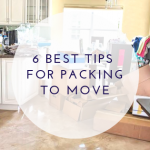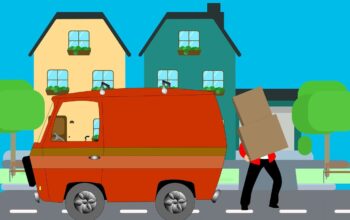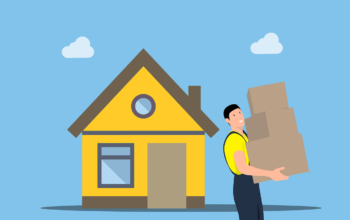You’ve found a new home, picked a professional moving company and even bought an assortment of packing material including boxes, tape and packing paper. All that is left to do is to start packing your stuff and you are good to go. Sounds easy and straightforward enough, right?
Well, the harsh reality is that packing for a move is one of the most complicated, labor-intensive and stressful phases of the moving process. For instance, did you know that some movers won’t touch anything not properly packed in boxes or loosely packed boxes? This means that those super-stuffed duffel bags bursting at the seams won’t quite cut it.
Luckily, these packing tips and hacks will teach you how to pack quickly and efficiently without losing your head.
-
Declutter unnecessary items
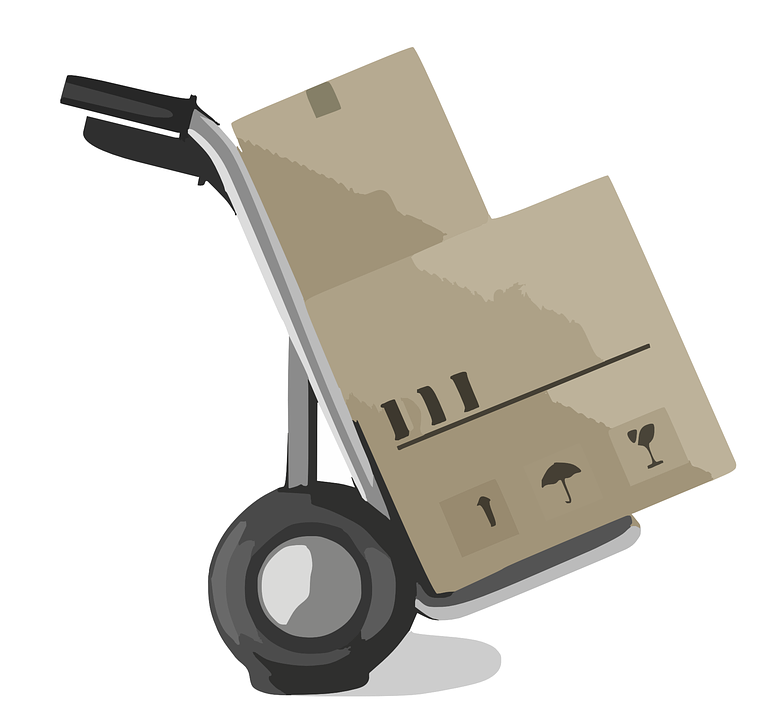
Studies have shown that compulsive hoarding has become a serious disorder in American society with 20 million people holding on to too much stuff. Even the rest of us who don’t fall directly into this category are still guilty of clinging on to things we do not really need. Getting rid of items you don’t strictly need prior to moving will not only make the packing process easier but can also have a pretty dramatic effect on your moving costs.
The key to successful decluttering is to think practically, not sentimentality. About 6-8 weeks before moving, separate unneeded items into three categories: donate, sell, recycle and throw away. Once you are done with the sorting, you can donate pretty much anything to Goodwill as long it’s in good condition. You can also sell some of your stuff on apps like Craiglist, Letgo and Nextdoor.
-
Pack ahead of time
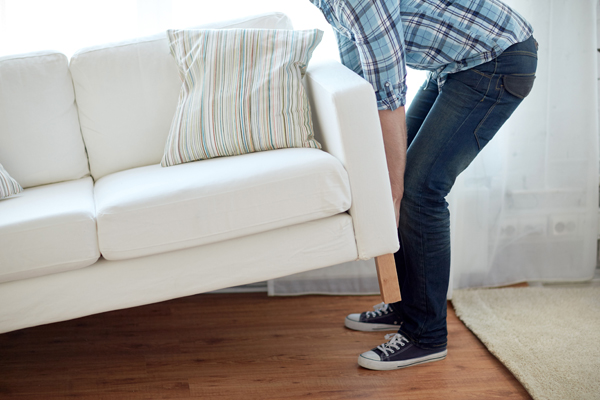
Once you are done with the decluttering phase, now it’s time to lay out a packing plan. Create broad categories for all the things you need to pack starting with the main rooms. Consider creating an inventory of all your belongings to help you quickly locate items as you need them.
You can start the packing process about 2-4 weeks before your moving day. The more time you give yourself to pack, the easier everything becomes when the last moment finally arrives. Tackle one room at a time, spending an hour a day packing up items into boxes. Pack items in sets or pairs, making sure each box is the appropriate size to hold everything in place. You can also engage the service of aaamoversinc.com/locations/minneapolis-movers/ to help you with the process.
-
Label everything
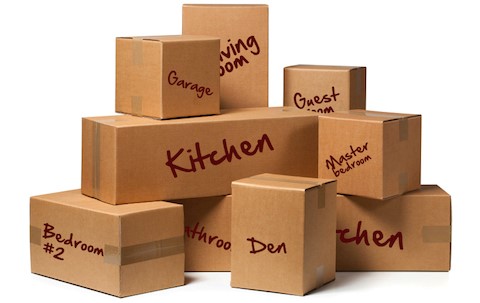
Be sure to stay as organized as possible during the packing process. Here are some useful packing tips:
- Color code your packing boxes by room. Pack and unload one color at a time
- Package furniture screws and bolts into well-labeled ziplock bags
- Label all your moving boxes on the sides as opposed to the tops for easier identification
-
Pack essential together
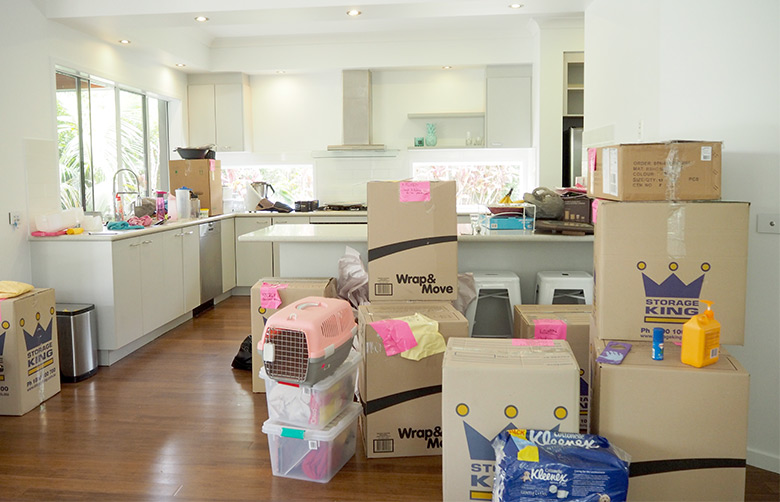
Create special totes for tour essentials, including all the stuff you will need during the first few days or weeks at your new residence. This includes a set of clothing, toiletries and electronics—basically everything you cannot live without. Pack them into boxes for loading into the moving truck last so that they are easy to locate and first to come out.
-
Take extra care when packing breakables
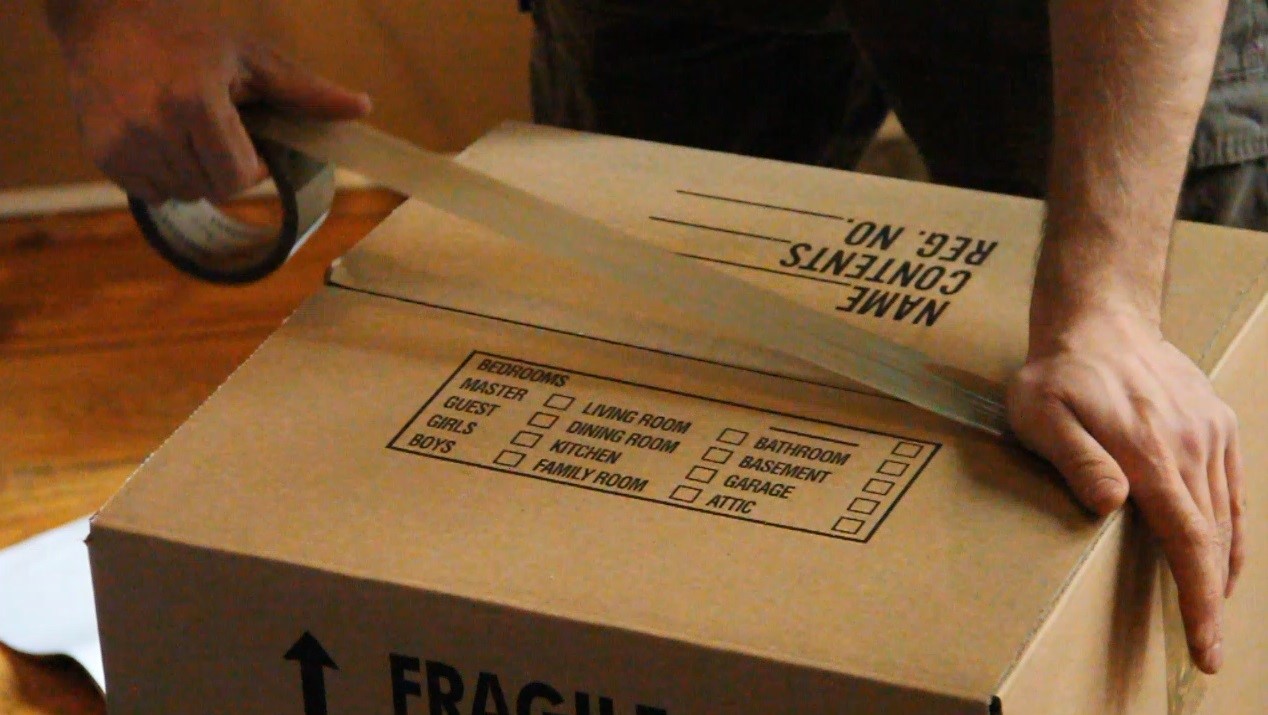
Use special packing for fragile items like dishes, Tupperware, bake ware and silverware. Use bubble wrap, crumpled newspaper, or corrugated cardboard to cushion the items and protect them from breakages. Use dish towels or even paper plates to create buffers. Use lots of padding when packing china, crystal, ceramics and keepsakes then label the boxes as fragile.
Here are some tips for packing dishes:
- Avoid stacking your plates and bowls in the boxes but instead pack them in vertical rows
- Invest in dish packs that are specially designed for breakables
- Fill your packing boxes with at least several inches of packing material on all sides to act as a buffer
-
Use quality moving boxes

It’s strongly advisable to use as many boxes as necessary to keep you load sizes to manageable weights instead of cramming lots of stuff into the few cardboard boxes that you might have at home. As a rule of thumb, keep your packing weights to a maximum of 50 pounds.
Avoid using boxes from grocery and liquor stores if you plan to store your items due to the risk of pests. It’s better to buy new sturdy boxes that can handle the strain of the move.
-
Save space with clothing
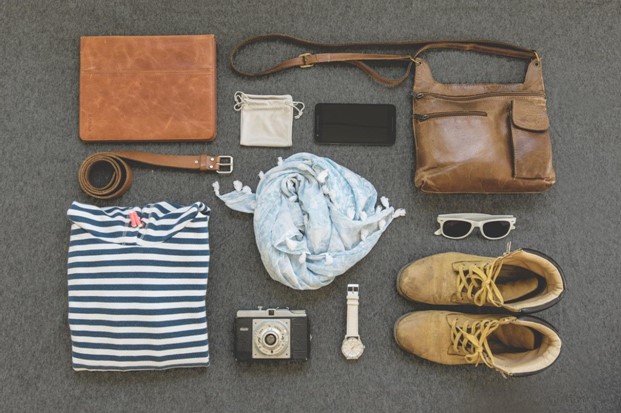
It’s important to save as much space as possible when packing up your clothes to avoid taking up extra space in the truck—and incurring extra moving charges.
Some space-saving hacks when packing clothes include:
- Pack hanging clothing in garbage bags by simply cutting a hole at the top of the bag then slipping it around a group of hangers
- Rolling clothing instead of folding saves space
-
Protect valuable items from damage
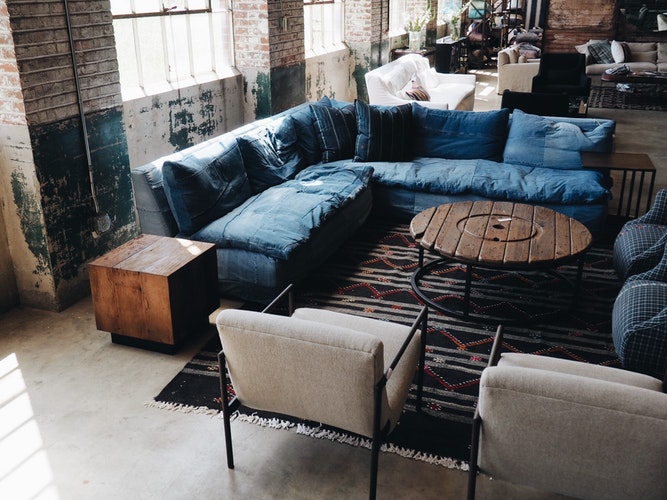
Take extra measures to protect your larger and more valuable pieces of furniture before moving. One way to do this is by removing and securing all doors and drawers. Moving heavy furniture can be particularly challenging and is best left to the professionals.
-
Wool string hack
This simple string hack will help you open moving boxes without using box cutters or scissors: simply place a piece of wool string on the closed box flaps at the top making sure to leave excess string on the sides. Now tape over the string then seal your box without moving the tape ensuring that a small piece of string is left untaped at the end to act as a pull tab.
-
Special packing tips
Some items are best packed apart from other items due to the hazard of leaks or contamination. These include:
- Medication
- Ammonia
- Fire extinguishers
- Chlorine granules
- Paints and vanishes
- Heating agents like Sterno
- Auto batteries
Given the wide assortment of things found in the average home, there are literally dozens more packing hacks to learn—you can find other useful ones here. In general, a full-service company can handle the tedious and time-consuming packing process for you and let you deal with more important things.
Related Posts



